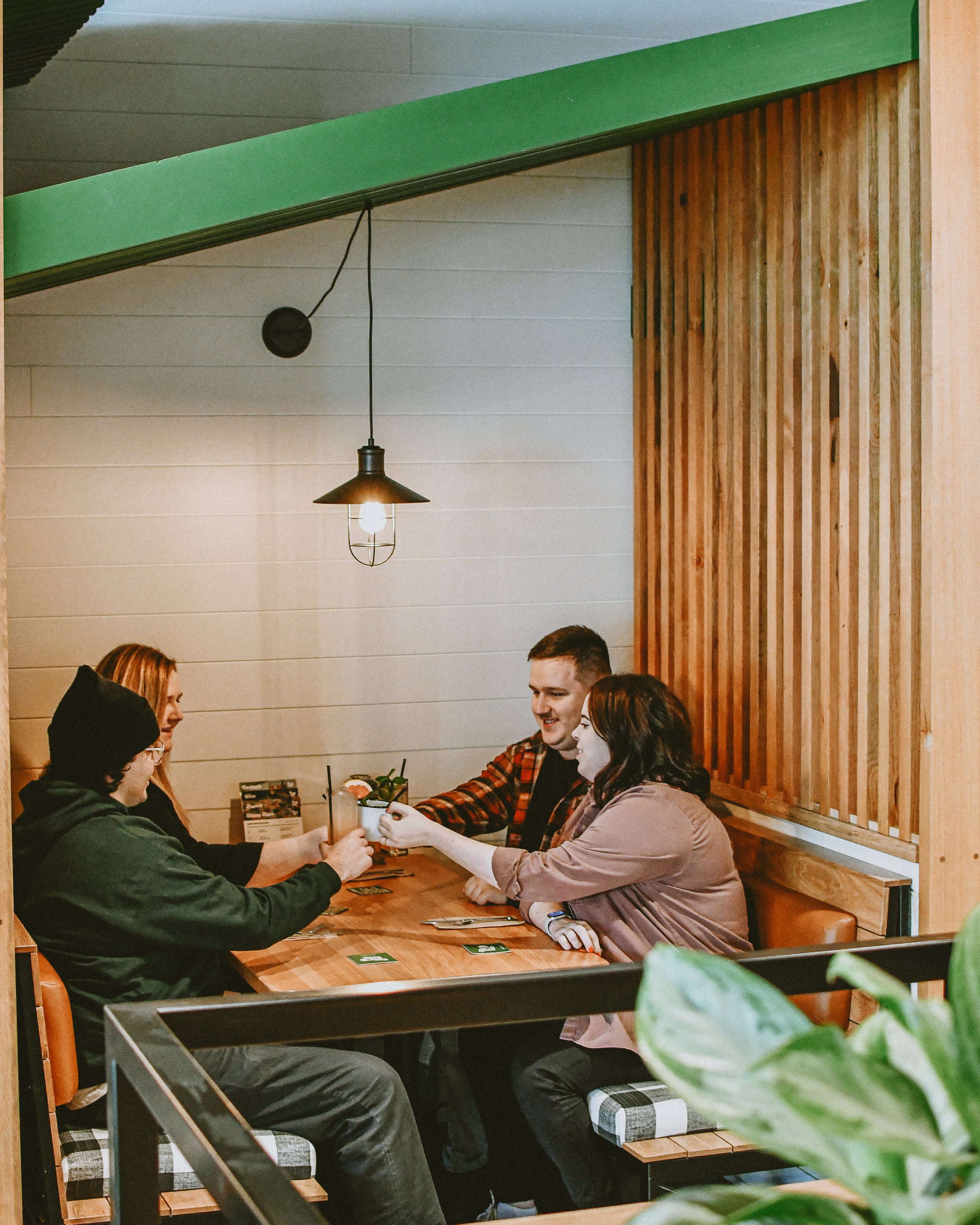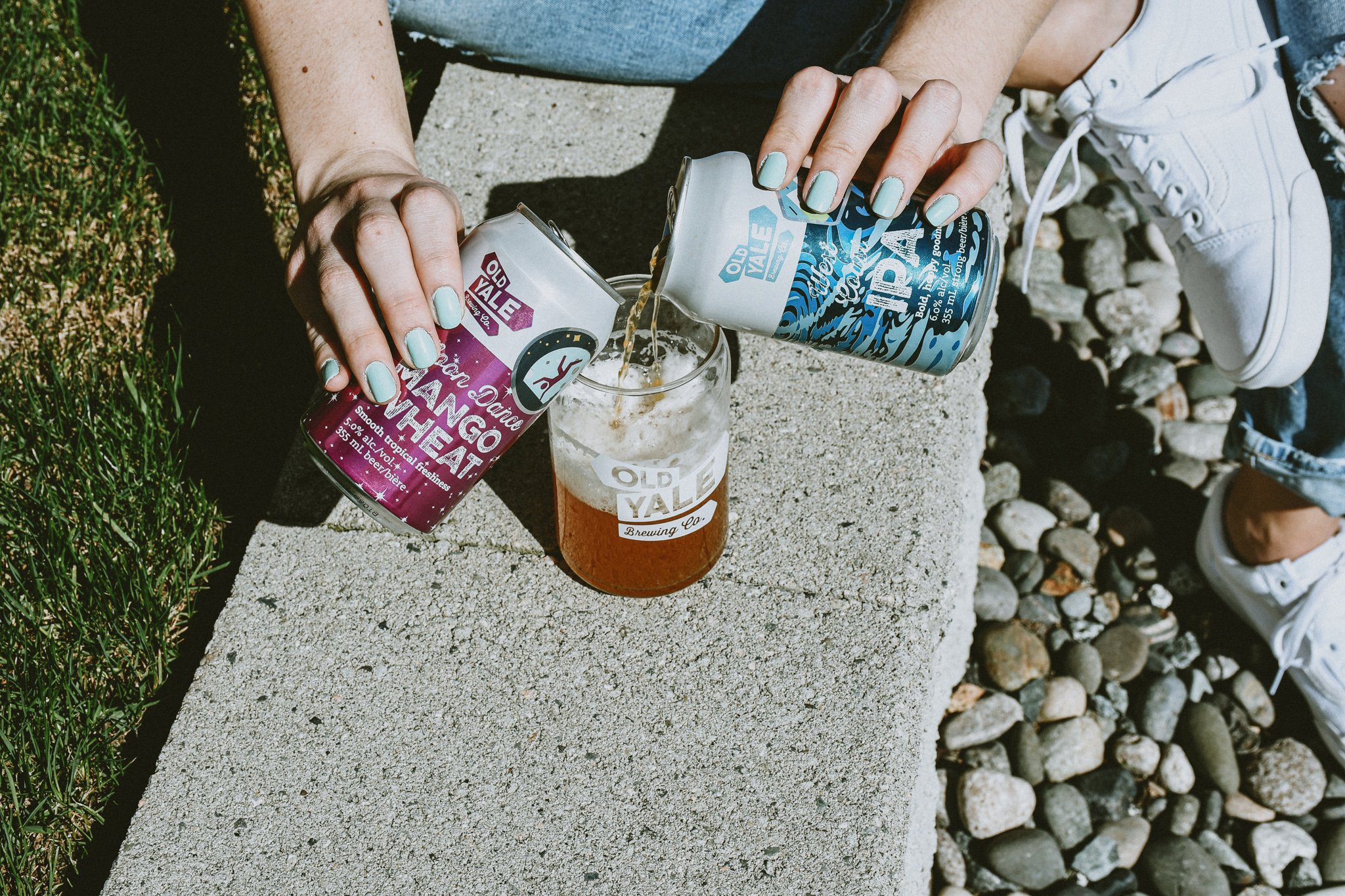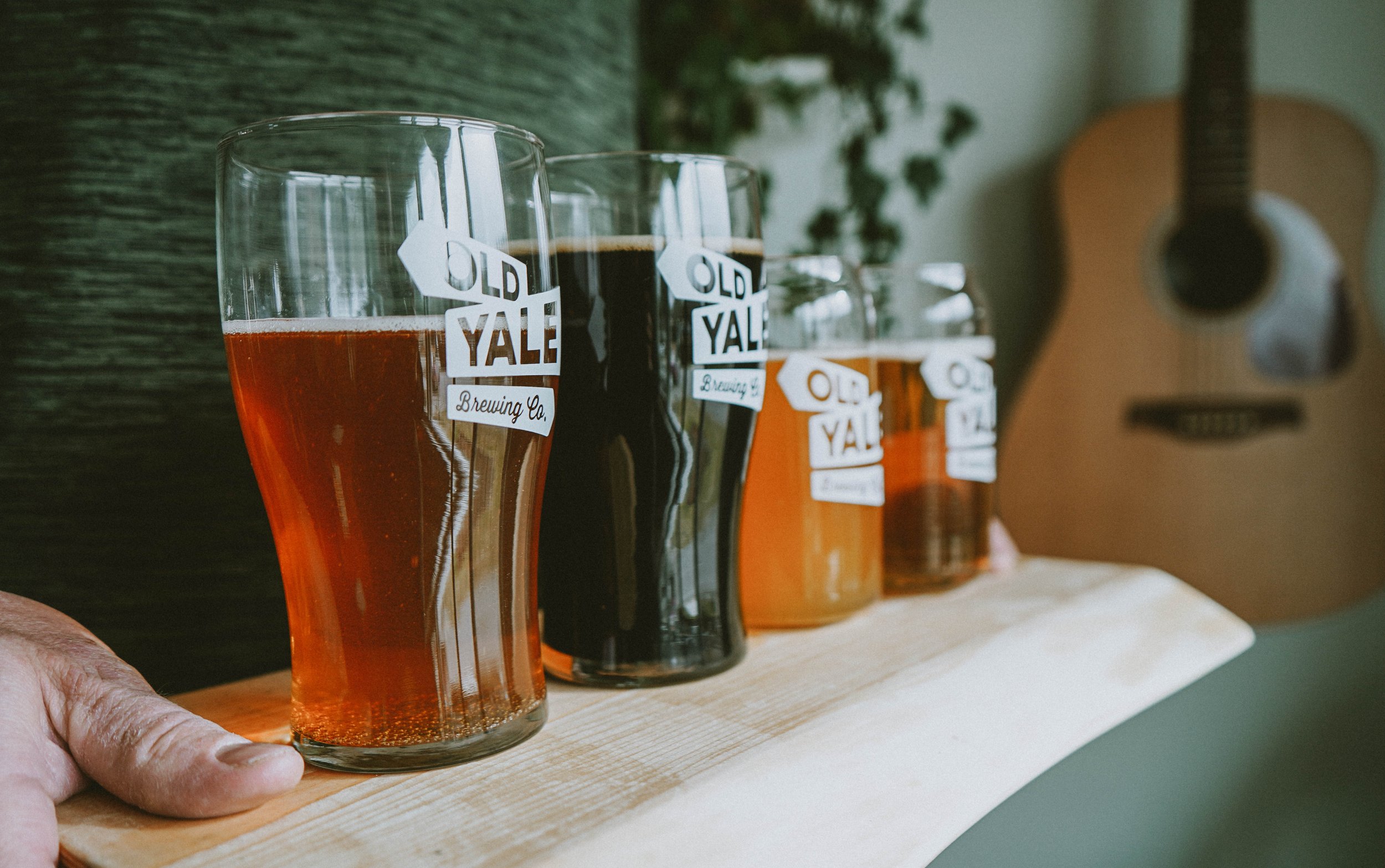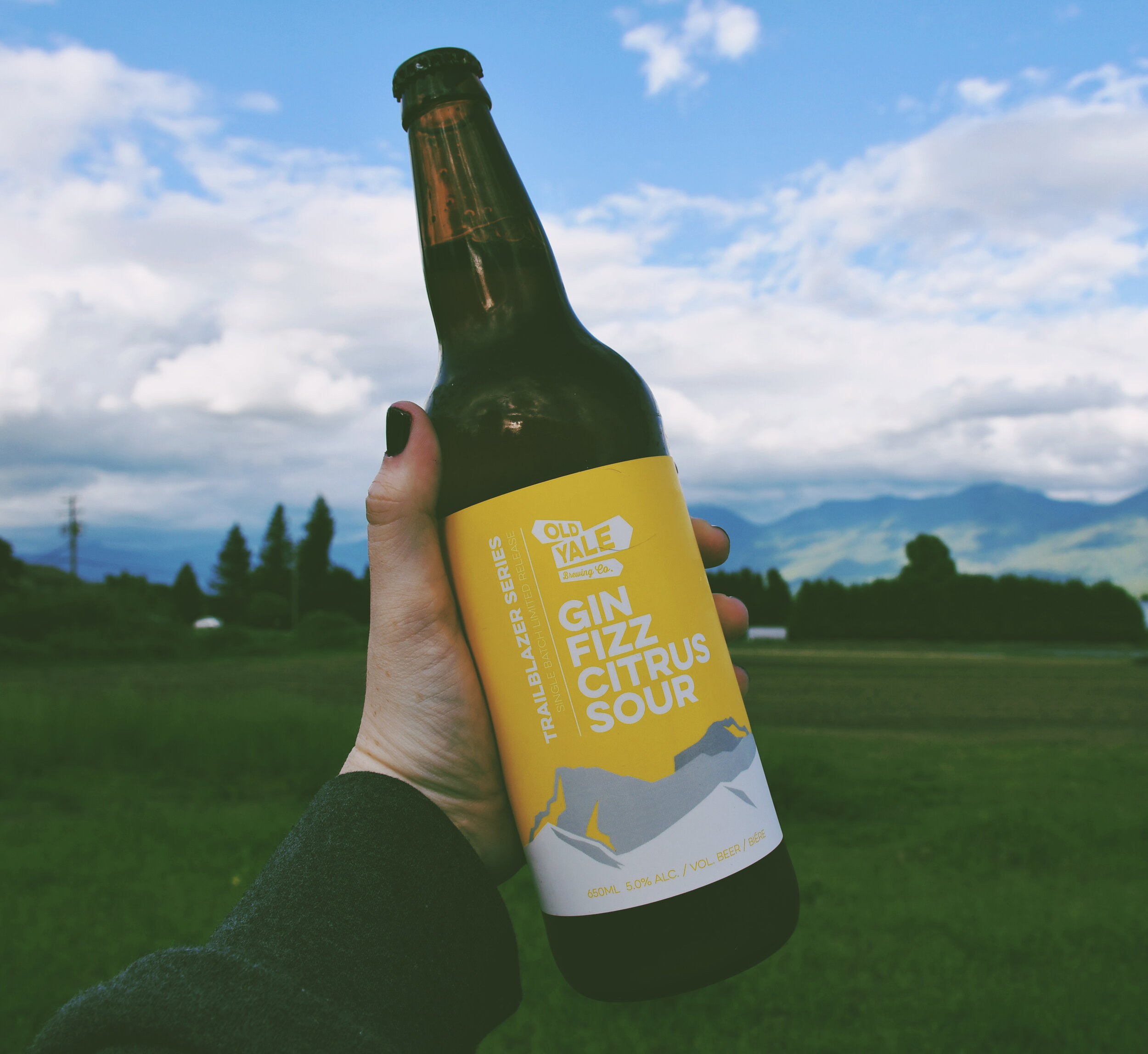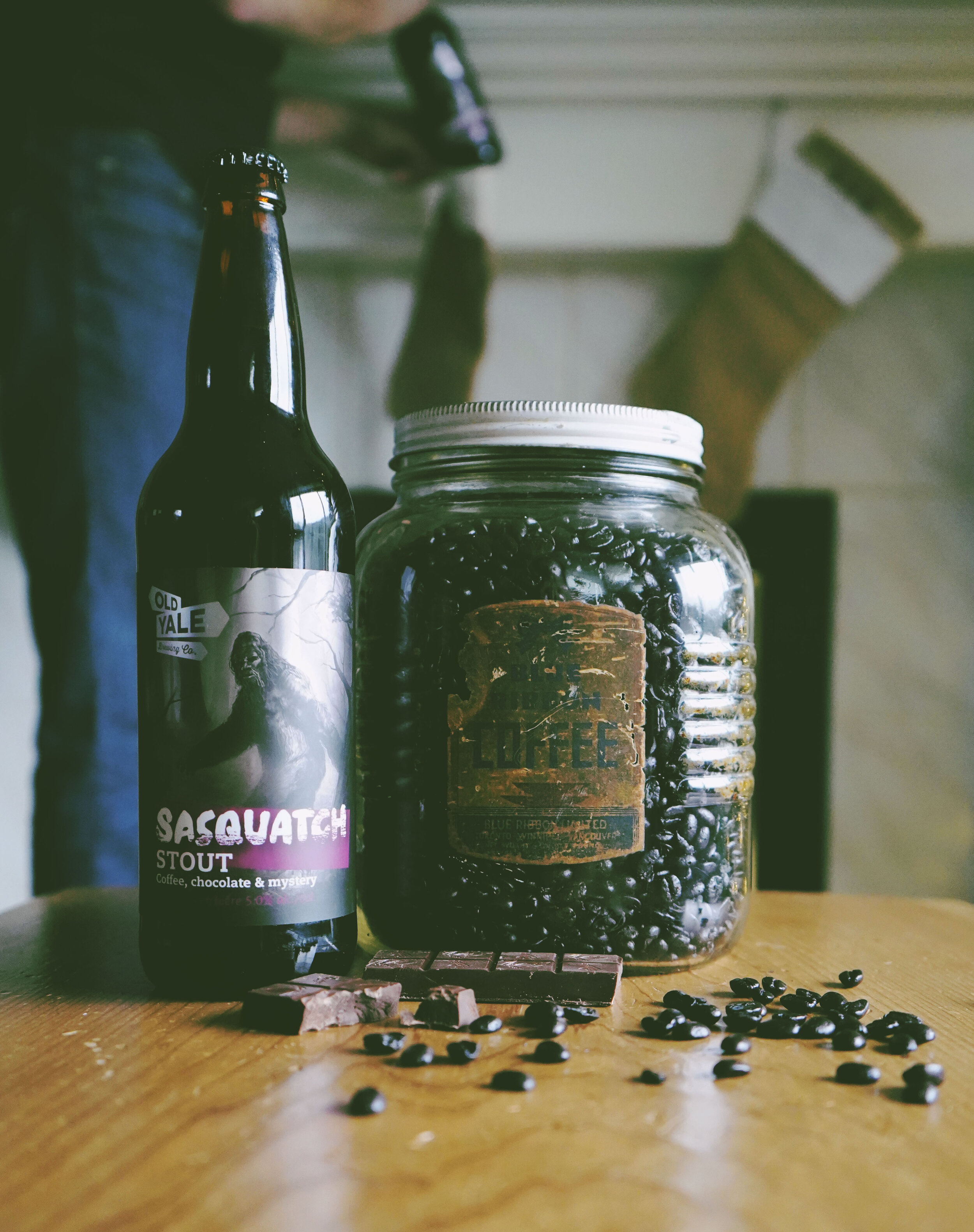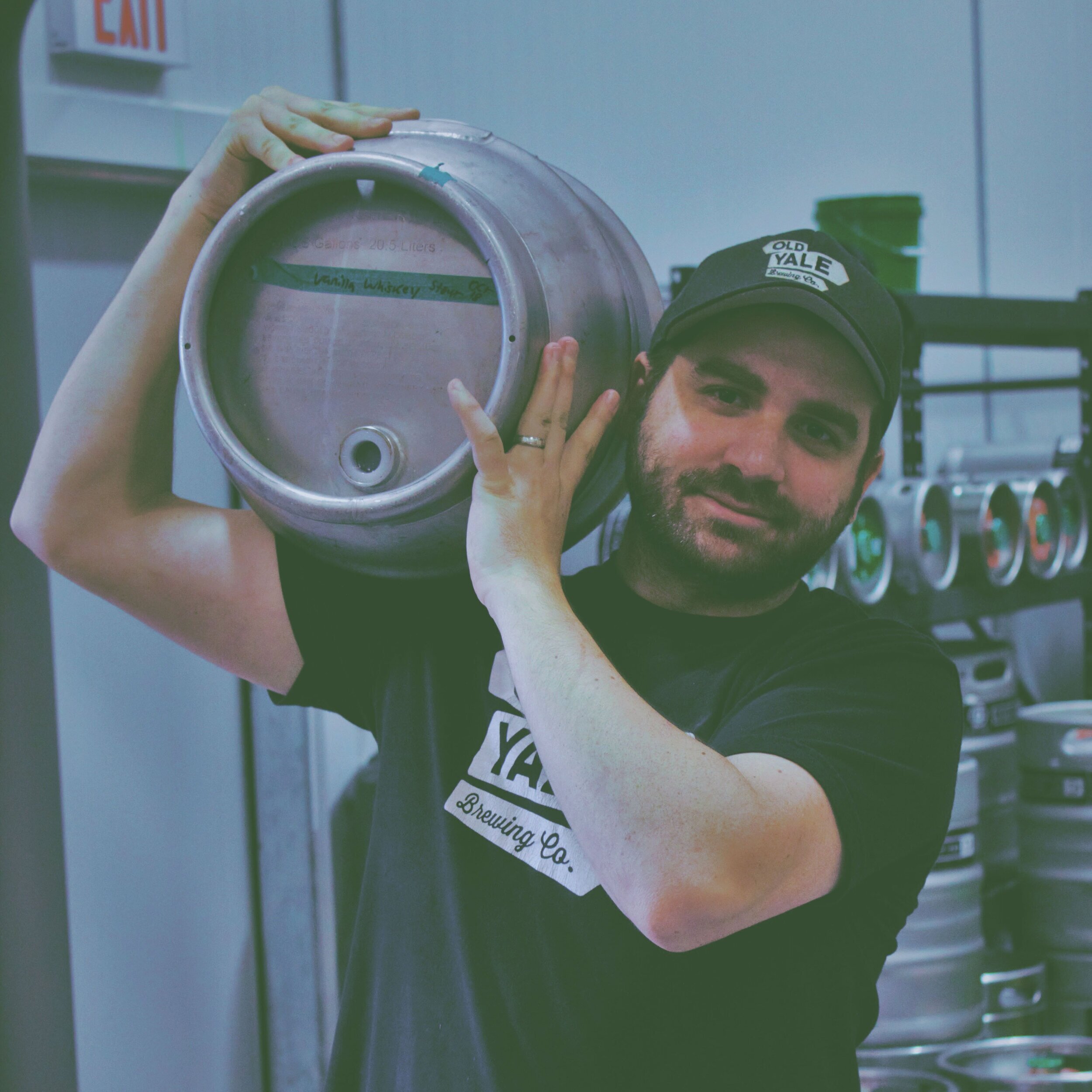In the world of craft beer, innovation knows no bounds, and one of the most intriguing developments in recent years has been the rise of nitrogen-infused beers. From creamy stouts to refreshing ales, nitrogen adds a unique texture and mouthfeel that sets these beers apart. Join us as we delve into the fascinating world of nitrogen beer, exploring its origins, characteristics, and why it has become a favourite among beer enthusiasts.
Understanding Nitrogen Beer:
Nitrogen beer, often referred to as nitro beer, is a type of beer that is infused with nitrogen gas during the brewing process. Unlike traditional carbonated beers, which use carbon dioxide for carbonation, nitrogen beer utilizes nitrogen to create smaller bubbles and a smoother, creamier texture. This distinctive mouthfeel is achieved through a process called nitrogenation, where the beer is infused with nitrogen gas under high pressure, typically using a mix of nitrogen and carbon dioxide.
Origins of Nitrogen Beer:
The roots of nitrogen beer can be traced back to the 1950s in Ireland, where Guinness introduced its now-iconic Guinness Draught Stout. By infusing their stout with nitrogen gas, Guinness achieved a velvety smooth texture and creamy head that became synonymous with the brand. Since then, nitrogen beer has grown in popularity and diversity, with breweries around the world experimenting with different styles and flavors.
Characteristics of Nitrogen Beer:
One of the defining characteristics of nitrogen beer is its smooth and creamy mouthfeel, which is achieved through the smaller bubbles created by nitrogen gas. This texture coats the palate and enhances the beer's flavors, resulting in a rich and indulgent drinking experience. Nitrogen beer also tends to have a cascading effect when poured, with the bubbles slowly rising to the surface and forming a dense and creamy head.
Popular Styles of Nitrogen Beer:
While nitrogen beer is most commonly associated with stouts, particularly Irish stouts, it can be found in a variety of beer styles. Nitro versions of pale ales, porters, and even IPAs have become increasingly popular, offering beer enthusiasts a new way to experience their favourite brews. Whether you prefer the roasty notes of a stout or the hoppy bitterness of an IPA, there's a nitrogen beer out there to suit every taste.
Why We Love Nitrogen Beer:
There's something undeniably special about the velvety smooth texture and creamy head of nitrogen beer that keeps us coming back for more. Whether it's the comforting warmth of a nitro stout on a cold winter's night or the refreshing crispness of a nitro pale ale on a hot summer day, nitrogen beer offers a sensory experience like no other. With its unique mouthfeel and indulgent flavours, it's no wonder that nitrogen beer has captured the hearts of beer enthusiasts around the world.
As the craft beer movement continues to evolve and innovate, nitrogen beer stands out as a shining example of creativity and ingenuity in brewing. From its humble beginnings in Ireland to its global popularity today, nitrogen beer has carved out a unique niche in the world of craft beer, offering a sensory experience that is as satisfying as it is distinctive. So the next time you're craving a beer with a little extra something special, why not reach for a nitrogen-infused brew and experience the magic for yourself? Cheers to the velvety smooth world of nitrogen beer!
